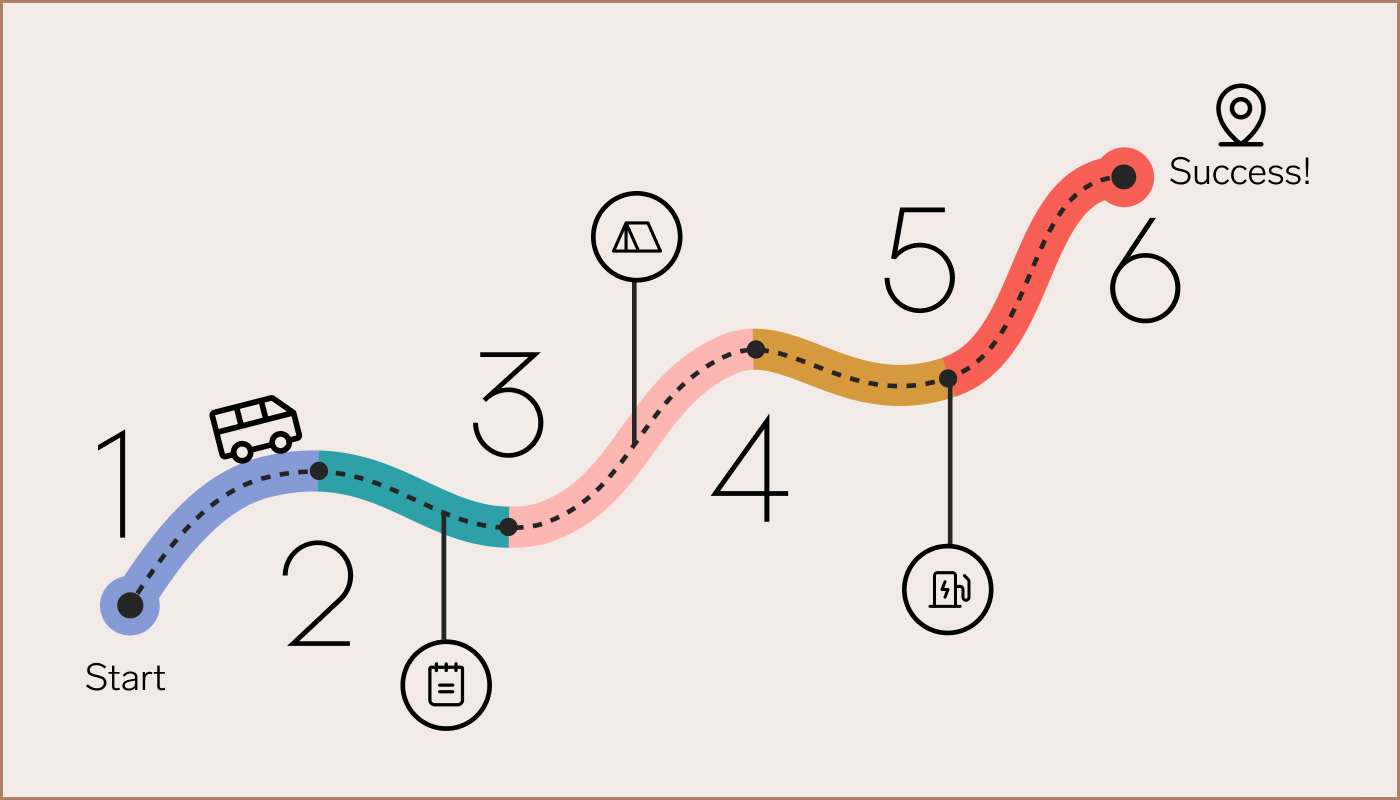You want benefits that boost employee wellness, retention, and business outcomes, but how can you be sure? Choosing the wrong package can leave your workplace mired in stress and disengaged employees, costing your company hundreds of thousands each year while those benefits go untouched.
As an HR or benefits leader, choosing the most competitive benefits for your organization can be challenging. Combing through all the options can be time-consuming, and you often have no way of knowing which mental health solution will actually help your team—not just claim to.
Modern Health, a personalized preventative mental health care platform, has put together a buyer’s guide in which you can learn how to confidently navigate the decision-making process, measure the return on your investment, and maximize mental health outcomes while tracking engagement and outcomes.
Find out more
You can’t afford to ignore workplace mental health
In indirect costs alone, mental illness is estimated to cost US employers $100 billion each year, meaning companies must be proactive in providing robust mental health benefits or risk losing on their bottom line.
Additionally, turnover rates related to chronic stress in the workplace, burnout, or other untreated mental illnesses can cost your organization in lost productivity and increased hiring costs each year.
Research proves that an employee’s mental state as they walk into the office has a direct impact on their professional performance. A Gallup analysis shows that mental distress and disengagement have a compounding effect on turnover: employees who don’t feel they’re thriving or engaged with their work had an annualized turnover rate of 24%. And each of those individual turnovers can cost the company as much as twice the employee’s salary.
On the other hand, the World Health Organization reports that every $1 invested in mental health benefits can earn companies up to a $4 return in health and productivity. And by providing full-service mental health benefits, you’ll attract and retain top-tier talent–a key business imperative amid the Talent Wars of 2022.
Go beyond employee assistance programs (EAP)
Since traditional health care plans are often inadequate at meeting mental health needs, many companies turn to employee assistance programs as a supplement. EAPs generally provide resources that include mental health counseling and support, meant to extend beyond the benefits of the traditional healthcare plan.
Many EAPs remain severely underutilized, with less than 10% of employees taking advantage of their benefits, according to the Society for Human Resource Management. Their stress may not qualify for the clinical care provided through Affordable Care Act requirements to benefits packages, or they may not feel empowered in finding a provider they feel will truly relate to them. Regardless, EAPs suffer from more than underutilization. Other problems include:
- Limited provider networks: Employees are often referred to providers with no guarantee of acceptance of new patients or cultural competency practices. With a national shortage of therapists, it may take weeks or months for an individual to receive any care at all.
- Slow access to providers:: EAPs may make an employee wait up to 90 days to meet with a provider for the first time. Modern Health, for comparison, has a <1 day wait time for being matched with an available mental health professional.
- Limited care modalities:: Most EAPs limit care to 1:1 sessions with a therapist, neglecting the powerful impact of group-based care, mental health coaching, and self-directed learning modules for common workplace issues like burnout and managing stress. We all have different mental health needs at different points in our lives and receiving care via multiple modalities helps to embed mental health resources more firmly into our day-to-day life.
What to look for in a provider (checklist)
Preparing key points by priority when choosing a benefits package for your organization will help you to make an informed, business-backed decision for your employee mental health benefits. Some key points to think through include:
- Proven clinical outcomes: When selecting a provider, be sure to consider health improvement rates along with how well the solutions prevent those who are currently not at risk from getting worse. Accurate measurement of clinical outcomes helps you understand how well providers within your benefits are responding to employee needs, ensuring a return on your investment and improved workplace engagement.
- Provider access: Consider whether the plan you’re choosing has guidelines to select only therapists who use evidence-based practices or coaches who are fully certified. Also ensure that it is easy and flexible for employees around the globe to access the providers within the solution. Ask for the average wait-time for an employee to match with a provider, and then ask what that wait-time entails.
- Made for a global and diverse workforce: The most competitive mental health benefit solutions take the diverse nature of today’s workforce into account. Global companies have employees all over the world and your mental health solution should personalize care to each unique cultural context your team contains.
Questions to ask potential providers
Before meeting with any sales teams, put together a list of questions you have for the benefits provider. A few to get you started are listed below, or you can get the complete checklist in Modern Health’s Benefits Assessment and Buyer Guide.
- What is the average user engagement for your clients?
- What tools do you provide to track employee engagement?
- What is your history of clinical and preventative outcomes?
- Do you provide care for low and high-acuity needs?
- What are the qualifications and training of providers?
- Are they certified and using evidence-based techniques and practices?
- What is your average time to care
- How quickly can members schedule their first appointment?
- Do you offer tools to create and track healthy lifestyle habits?
A robust benefit assessment and buyer guide
Modern Health knows what to look for when buying employee benefit assessments because we pride ourselves on hitting every point on your list. We support employees with personalized care that is tailored to their unique preferences, and addresses the full spectrum of mental health needs, helping us to achieve clinical excellence and cost-effective results.
We want HR leaders and managers to confidently navigate the benefits buying process because we want enterprises around the world to have personalized preventative mental health care that best fits their unique needs. So we put together a thorough Benefits Assessment and Buyer’s Guide to walk you through each step of the decision-making process. You’ll learn what to ask, what to look for, and what to prioritize in your search for the right mental health application.
Providing robust mental health benefits with multiple modalities of care creates a workplace with employees who take pride in their work and feel fulfilled when they return home, who are able to respond to challenges from a calmer and more collected space.
These high levels of engagement are possible for organizations who invest in their employees and create a working environment that supports their full well-being. And it all starts at the mental level.
Disclaimer: The views expressed in the article are those of third parties. They do not purport to reflect the opinions or views of Collective Health or its members.



